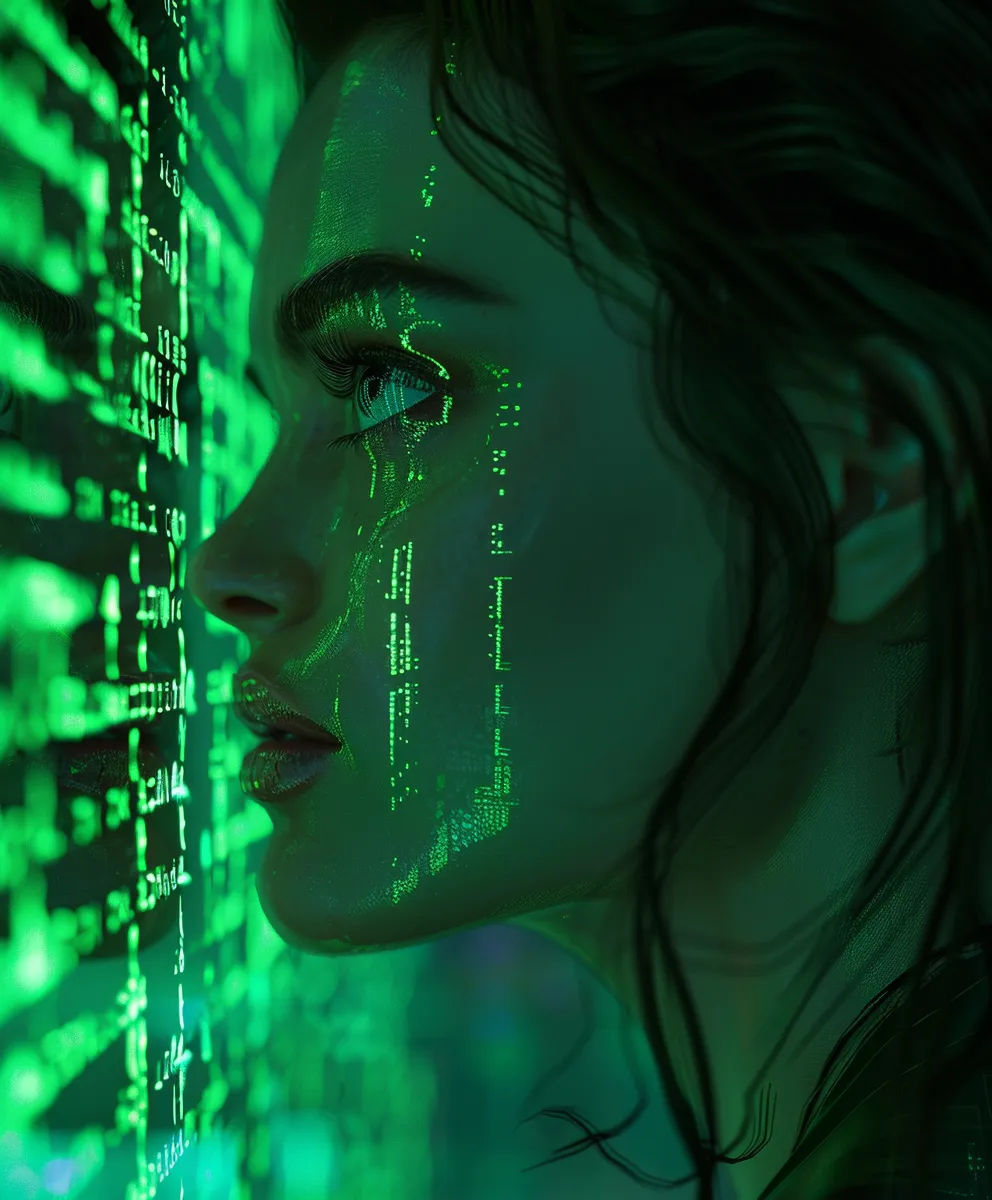Welcome to the Run The Prompts Midjourney v7 Parameter Cheat Sheet. Some of you might be wondering why it took us so long to make a post on this, and you’re right… and we don’t have a good answer!
Others will be wondering if parameters and prompting even matter anymore in Midjourney, now that version 7 has a mode that essentially prompts itself, even by just using your annoying voice. It’s a good question, but my take on it is: Yes.
Parameters and proper prompting will help you refine the subtleties of your image and get things just right. If you want your images and designs to stand out, I still suggest understanding how to use them.
Let’s get this party started.
Why Midjourney Parameters Matter
Behind many great Midjourney images is a well-crafted prompt… and more importantly, the right set of parameters. These subtle additions give you greater control over how the image engine behaves. Use them thoughtfully, and you can refine composition, style, and output consistency with precision. Nice.
Before we begin, a crucial formatting rule you must remember:
All parameters come after your descriptive text, separated by a single space, and start with —.
(Parameters placed mid-sentence will be ignored.)
Core Midjourney Parameters
1. –ar – Aspect Ratio
Format: whole-number pairs (e.g., 16:9, 2:3, 4:5)
Default: 1:1
Defines the frame shape. Use wide formats for banners, tall for posters or mobile-focused layouts, and square when in doubt.
2. –seed – Noise Pattern Lock
Range: 0–4294967295
Ensures the same base pattern is used across generations. Midjourney seeds are great for controlled comparisons or fine-tuning word choices without introducing new randomness.
3. –stylize (or –s) – Artistic Interpretation
Range: 0–1000
Higher values add more abstract or artistic elements; lower values keep results closer to your exact wording.
4. –chaos – Variation Intensity
Range: 0–100
Controls how much each of the four generated images differs. Moderate values like 50 yields useful diversity, which is what I like to use. Higher values often result in unexpected changes to composition, subject, or color scheme.
5. –quality (or –q) – Render Detail vs Speed
Values: 0.5, 1, 2
Impacts GPU time and rendering detail. 0.5 renders faster, and 2 adds extra refinement at the cost of credits.
6. –stop – Early Generation Cutoff
Range: 10–100
Interrupts the image generation early, producing softer, sketch-like outputs. Useful for concepts and mood drafts.
7. –no – Negative Prompting
Example: –no text, watermark
Negative prompting removes unwanted elements post-generation. Use commas to separate multiple tokens.
8. –iw – Image Prompt Weight
Range: 0–3
Sets how much influence your image reference has over the final composition. Higher values increase visual similarity to the image.
9. –tile – Seamless Tiling
Ensures repeating patterns for use in wallpapers, textures, or design assets. Note: Upscaling after generation can break the tiling effect.
10. –weird – Experimental Variation
Range: 0–3000
The weird parameter injects stylistic unpredictability. Great for avant-garde or highly unique aesthetics, though results are not always seed-consistent.
11. –repeat (or –r) – Multiple Generations per Prompt
Range: 2–40
Repeats the exact prompt multiple times in a single command. Each iteration consumes standard GPU time. This is useful when you want a lot of variations of the same thing all at once.
12. –v – Version Selector
Current: –v 7 (April 2025)
Specifies the model version to use. Leaving it out defaults to the platform’s current release.
13. –exp – Experimental Aesthetics (New)
Range: 0–100
Adds advanced tone mapping and detail. Best kept under 25 for prompt consistency.
Quick Midjourney Parameter Cheat Sheet
| Parameter | Typical Value(s) | Purpose |
| –ar | 3:2, 16:9 | Adjusts framing |
| –seed | Any integer | Consistent outputs |
| –stylize | 100–750 | Artistic control |
| –chaos | 30–50 | Introduces variety |
| –quality | 1 | Balanced rendering |
| –stop | 30–50 | Soft sketch mode |
| –no | –no text | Content filtering |
| –iw | 1.5 | Image influence |
| –tile | (flag) | Seamless output |
| –weird | 150 | Intentional oddness |
| –repeat | 4 | Batch output |
| –v | –v 7 | Model version |
| –exp | 5–25 | Added detail |
Parameter Best Practices
- Test with intent – Use fixed seeds when comparing phrasing or structure.
- Combine mindfully – Don’t overload parameters. Start simple, then iterate.
- Mind your balance – High –chaos, –weird, and –stylize in one prompt can yield unpredictable results.
- Watch your wallet – Repeating high-quality renders adds up fast on GPU credits.
Wrapping it up
Parameters are more than irrelevant pieces of code that nobody cares about. They’re the toolkit for shaping outputs in Midjourney with nuance and control. Whether you’re crafting polished assets or just exploring, understanding how to use these switches effectively will dramatically improve your images, workflow, and the quality of your results in Midjourney.
I hope you enjoyed this Midjourney parameter cheat sheet. Be sure to bookmark it so you can keep referencing it.
Until next time, remember to run the prompts and prompt the planet.

